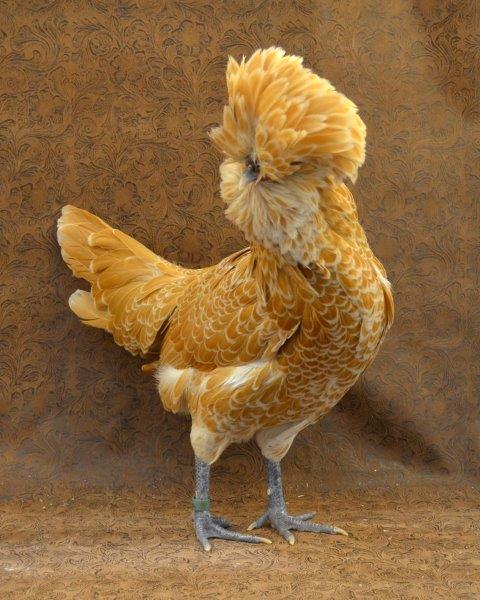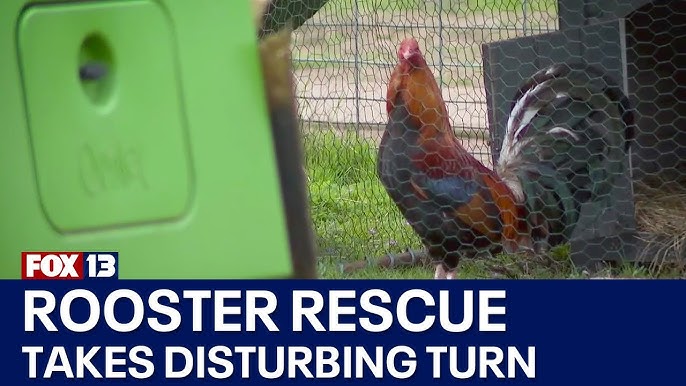
Ethical Backyard Chicken Keeping: Ending Chick Culling on Your Homestead
The idyllic image of backyard chickens pecking happily in the grass often obscures a darker reality within the poultry industry: the mass culling of male chicks. Every year, billions of male chicks are killed shortly after hatching because they are considered economically worthless – unable to lay eggs and deemed unsuitable for meat production in specialized egg-laying breeds. This practice raises serious ethical concerns, prompting many homesteaders to seek more compassionate ways to raise chickens and create a truly sustainable and humane food system. This blog post will explore how you can make ethical choices, ending your support for chick culling and building a more compassionate homestead.
The Problem of Chick Culling
Chick culling is the routine practice of killing male chicks in the egg industry. Since male chicks of egg-laying breeds don’t lay eggs and don’t grow quickly enough to be profitable for meat production, they are considered a waste product. Common methods of culling include gassing, maceration (grinding), and suffocation. The scale of this practice is staggering, with billions of chicks culled globally each year.
The primary argument in favor of chick culling is economic. Hatcheries operate on narrow margins, and raising male chicks to maturity would be costly and inefficient. However, the ethical implications are significant. Many people believe that all sentient beings deserve respect and a chance at life, regardless of their economic value. This disconnect between economic efficiency and animal welfare has fueled a growing movement towards more ethical and sustainable poultry farming practices. While in-ovo sexing is gaining popularity in larger hatcheries and is intended to eliminate the practice of chick culling, small hatcheries still lack the means to implement this technology.
Hatching Your Own: A Kinder Start
One of the most direct ways to avoid supporting hatcheries that cull male chicks is to hatch your own. Hatching your own eggs allows you to control the entire process, from selecting breeding stock to caring for newly hatched chicks. While it requires an investment of time and resources, the rewards of witnessing new life and knowing you've provided a compassionate start are immeasurable.
To set up a backyard hatchery, you'll need a few essential items:
- Incubator: Choose an incubator that suits your needs and budget. Models like the Brinsea Mini Advance are popular for small-scale hatching, offering precise temperature and humidity control.
- Fertile Eggs: Obtain fertile eggs from a reputable breeder or your own hens if you have a rooster.
- Brooder: Prepare a safe and warm brooder for the newly hatched chicks. This can be a simple cardboard box with a heat lamp or a more elaborate setup.

Candling a fertile egg allows you to observe the miracle of life and ensure proper development.
During incubation, maintain the proper temperature and humidity levels as specified by your incubator's instructions. Candling the eggs – shining a bright light through them – at around day 7 and again at day 14 will allow you to check for fertility and development. Remove any infertile eggs to prevent contamination. Common hatching problems include temperature fluctuations, humidity imbalances, and improper egg turning. Research these issues and be prepared to troubleshoot. Once the chicks hatch, transfer them to the brooder, providing them with food, water, and warmth.
Heritage Breeds & Natural Incubation
Choosing heritage chicken breeds can further enhance the ethical and natural aspects of your homestead. Heritage breeds are traditional breeds that have retained their natural instincts and characteristics, including strong mothering abilities. Breeds like Buff Orpingtons, Silkies, and Cochins are known for their broodiness – their tendency to go broody and naturally incubate eggs.

Heritage breed chicks huddled together, showcasing the diversity and charm of these breeds known for their strong mothering instincts.
Natural incubation offers several advantages over artificial incubation. The hen provides consistent temperature and humidity, turns the eggs regularly, and protects the developing chicks. More importantly, natural incubation allows the chicks to bond with their mother hen from the moment they hatch, providing them with emotional security and guidance. Witnessing a hen raise her young is a truly rewarding experience, connecting you to the natural rhythms of life on the homestead.
Sourcing Ethically
If hatching your own chicks isn't feasible, you can still make ethical choices by sourcing chicks from small-scale breeders who prioritize animal welfare. Look for breeders who raise heritage breeds, practice responsible breeding, and avoid chick culling.
Ask breeders about their sexing methods. Some breeders use alternative sexing technologies like in-ovo sexing, which determines the sex of the chick before it hatches, eliminating the need for culling. Others raise sex-linked breeds, such as Gold Sex-Links, where the sex of the chick can be determined at hatch based on feather color. By supporting breeders who prioritize ethical practices, you contribute to a more humane poultry industry.
The Rooster Question: Responsible Management
Even with ethical sourcing, you may end up with unwanted roosters. Roosters are essential for fertilizing eggs, but too many roosters in a small flock can lead to aggression and overbreeding. It is crucial to manage roosters responsibly.
Consider these humane management strategies:
- Selling or Gifting: Offer roosters to other homesteaders or farms who need them.
- Processing for Meat: If ethically acceptable to you, process roosters for meat. This can be a sustainable way to utilize the animal and provide food for your family.
- Rooster Rotation: Rotate roosters in and out of the flock to prevent overbreeding.
- Adoption/Sanctuaries: Explore rooster adoption programs or sanctuaries that may be willing to take in unwanted roosters.
Conclusion: Building a More Compassionate Homestead

A Buff Orpington hen and her chicks, representing the beauty and fulfillment of ethical chicken keeping on a sustainable homestead.
Ethical chicken keeping is an integral part of building a compassionate homestead. By choosing humane practices like hatching your own eggs, selecting heritage breeds, sourcing ethically, and managing roosters responsibly, you can actively work towards ending chick culling and creating a more sustainable and ethical food system. These choices resonate with the core values of homesteading: self-sufficiency, animal welfare, and community building. Let's strive to create homesteads where animals are treated with respect and where the circle of life is honored in all its stages.
How are you making ethical choices when raising chickens on your homestead? Share your experiences and tips in the comments below! Let's build a community of homesteaders committed to compassionate animal care. Also, research your local breeders and support those using alternative sexing technologies!